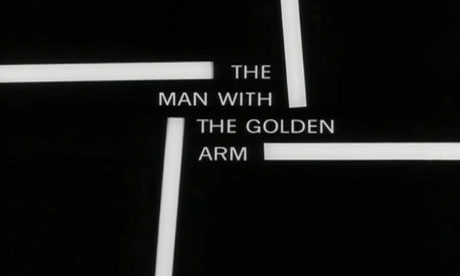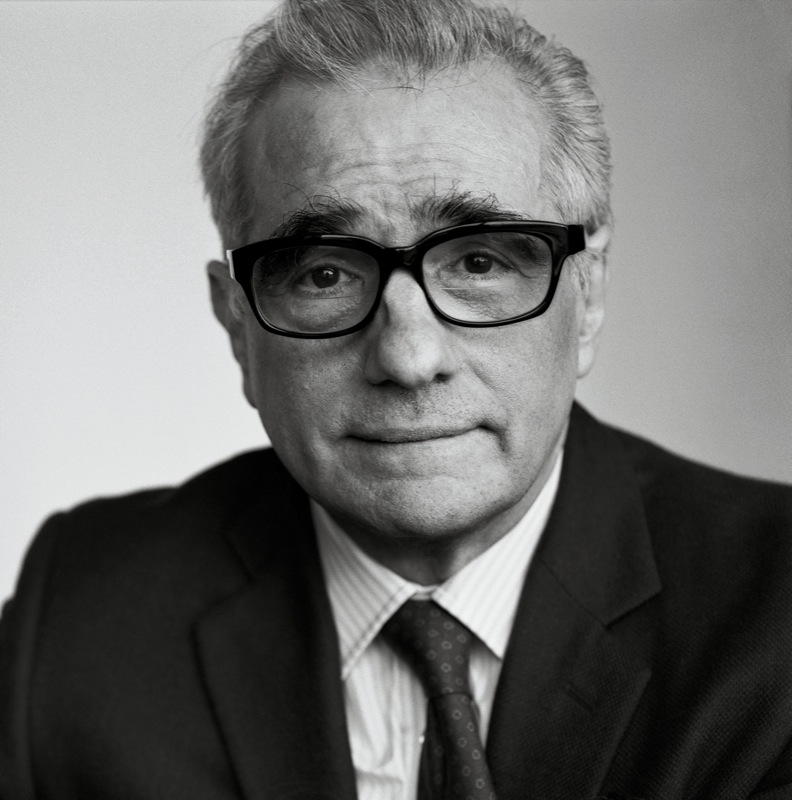http://www.smashingmagazine.com/2010/10/04/the-art-of-the-film-title-throughout-cinema-history/
From reading this article I noticed many interesting points, but my main five are these very interesting points:
"“Humorous Phases of Funny Faces” (1906) — video on YouTube — was directed by J. Stuart Blackton, who many consider to be the father of American animation. Not only is it one of the first animated films, it is among the first to feature an animated opening title, making it a precursor of the modern title sequence:"
From reading this point and watching this video I can see the birth of the title sequence no matter how simplistic it was, it created the way that title sequences are today and also I like the way it was simple because it fits in and is similar to the piece of film.
"The concept of score visualization first conceived by Oskar Fischinger in his film “Studies” anticipates the effects created by Saul Bass in “The Man With the Golden Arm” (1955) and later by Susan Bradley in “Monsters, Inc” (2001):"
http://www.youtube.com/watch?feature=player_embedded&v=eGnpJ_KdqZE#t=3
http://www.youtube.com/watch?feature=player_embedded&v=hff329Wi0P0
From this point and video's I can see "The Man With The Golden Arm" is also very simplistic but creates the desired affect needed for the film this is similar for Susan Bradley's "Monsters Inc" it is very similar even the music at the beginning is the same and the way in which shapes move around to create the actual title sequence but the difference is that Susan Bradley's piece has been created almost 50 years later so the technology and the know how would be so much more advanced this is why I believe that Susan Bradley's piece is a more modernised version of Saul Bass's piece but also she has put her own little twist on the title sequence which helps give this it its own feel.
"Maurice Binder worked on the title designs of 14 films about Agent 007, including the first episode, “Dr. No” (1962). Binder created the famous gun-barrel sequence, which became a signature for the Bond series:"
http://www.youtube.com/watch?feature=player_embedded&v=3saLfYCO_G8
This point interests me as I am a James Bond fan and enjoy watching the title sequences, I believe the Bond series title sequences are the best about, as they combined animation with great pieces of music they help set up a great feel for the movie. Most of the time this title sequence is shown straight after a piece of action at the beginning of each bond film so the audience know when to expect it.
"The revolutionary title sequence for “Se7en” (1995) by Kyle Cooper was named by New York Times Magazine as “one of the most important design innovations of the 1990s”:"
http://www.youtube.com/watch?feature=player_embedded&v=4thzyFFdvVc
This is a really interesting point and video because of how different it was to anything else related to title sequences at that time this is why it was called an "innovation" in the title sequence. It goes through the sequence giving us little hints on what the film could be about showing us the types of things we are going to see in the film also the title sequence uses quite an odd music track but somehow works due to some of visuals included in the title sequence.
"The title sequence for the 2009 adaptation of the comic book “Watchmen” drew a loud response from the public. It creates an alternate history, depicting the involvement of superheroes in all major events of post-World War II America. The sequence was shot by the film’s director Zach Snyder, while credit for the title’s integration goes to yU+Co:"
I like the way that this film has adapted its title sequence to still be part of the film by telling a story throughout while the titles appear on the screen, a voice over and the clips and images going on behind the titles bring the viewers up to present date within the film so that no one is left confused and everyone knows what has gone on before we are left in present time in the film.
"
WaltographWaltograph was created by Justin Callaghan in an attempt to capture the spirit of the familiar Walt Disney signage."
This point is interesting as it shows Walt Disney created their own typography to use during title sequences and end credits to look apart from other films. It also is used as a type of brand sign for Walt Disney itself as if you see this writing you would instantly associate it with a Disney film.




























